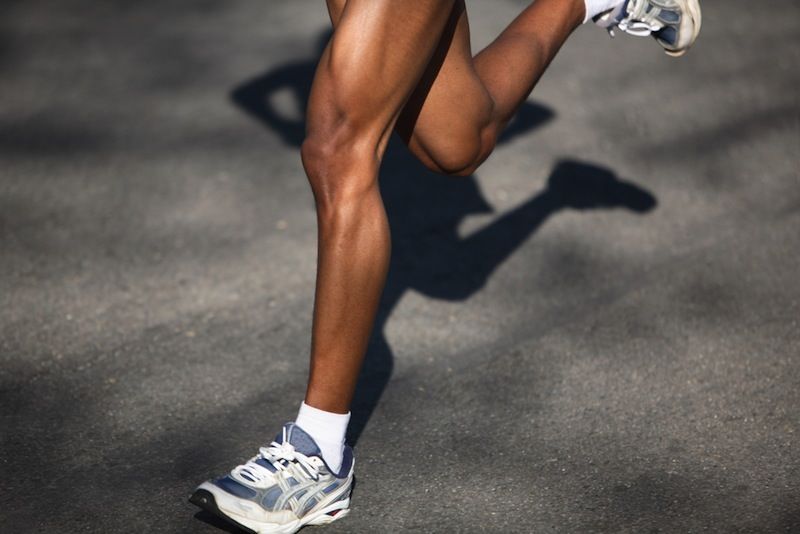Human Muscle Rebuilt with Pig Bladder Tissue

An experimental treatment using a pig bladder could help people who have lost a substantial portion of a muscle, researchers say.
In an initial trial, researchers worked with five men in their late 20s and early 30s, who all had old injuries that had destroyed between 58 and 90 percent of one of their leg muscles. Two of the men were veterans who had been in explosions; two had been in skiing accidents, and one had an exercise-induced injury. All five were missing parts of the quadriceps, or the muscle on the outside of the shin, called the anterior tibial compartment.
The treatment involved a pig bladder that had been stripped of its cells, leaving only a scaffold made of tough proteins. In surgery, the doctors removed the scar tissue from the men's remaining muscle, then applied the scaffold to the area, which signaled stem cells within the muscle to develop into muscle themselves.
"Biological scaffolds, when they degrade, release signal molecules," said Dr. Stephen Badylak, of the University of Pittsburgh, who led the study. "They can tell cells to do things like divide and line up in a certain way."
The patients were monitored for several months while getting physical therapy. Three of the five patients improved enough for the doctors to call the operation a success; these patients could perform certain tasks such as standing on one leg. The other two men showed less or no benefit, according to the results detailed today (April 30) in the journal Science Translational Medicine. [7 Technologies That Transformed Warfare]
Muscle is one of the few tissues that regenerates, but if a large enough piece gets removed, the injury can result in scarring, loss of mobility and even the loss of movement in the limbs. In the study, the protein scaffold that holds the cells of a pig bladder in place worked by attracting stem cells to the site the injury, while also providing a framework for the cells to grow and replace the lost tissue.
The team didn't start with human patients, but instead did preliminary work in mice. When the researchers placed a piece of the pig bladder scaffold on wounded mice, the animals' muscle grew back, and the mice were able to walk again.
Sign up for the Live Science daily newsletter now
Get the world’s most fascinating discoveries delivered straight to your inbox.
To make sure that the muscle actually grew back, the researchers confirmed that the muscles responded to nerve impulses and had blood circulation. "We wanted to test that, because it's sort of hard to assess a limp in a mouse," said Badylak told Live Science.
The doctors intentionally studied patients with injuries that were years old. "We wanted to make sure that all of the healing that was going to happen [naturally] had happened," Badylak said. This would ensure that the protein scaffold had the effect the doctors were seeking, and any healing they saw was not due to some other factor.
Badylak said the researchers are now testing the technique on other patients, and so far it looks quite promising. If it were used immediately after an injury, the results might be even better, he said.
If such therapies become more widespread, it might change the way people with muscle-loss injuries are treated. Currently, these patients don't start physical therapy until after surgery. However, this treatment requires that therapy start as soon as possible, because therapy signals the stem cells to make new muscle.
Badylak told Live Science that this technique could also solve some problems of current stem cell therapies. One big issue is that simply injecting stem cells into an area of the body isn't enough, since many of those cells simply die. The new study shows that a scaffold and a signal from surrounding muscles seems to be help regrow the muscle.
The Department of Defense provided some funding for the work, as one early application might be for veterans.
Follow Live Science @livescience, Facebook & Google+. Original article on Live Science.











